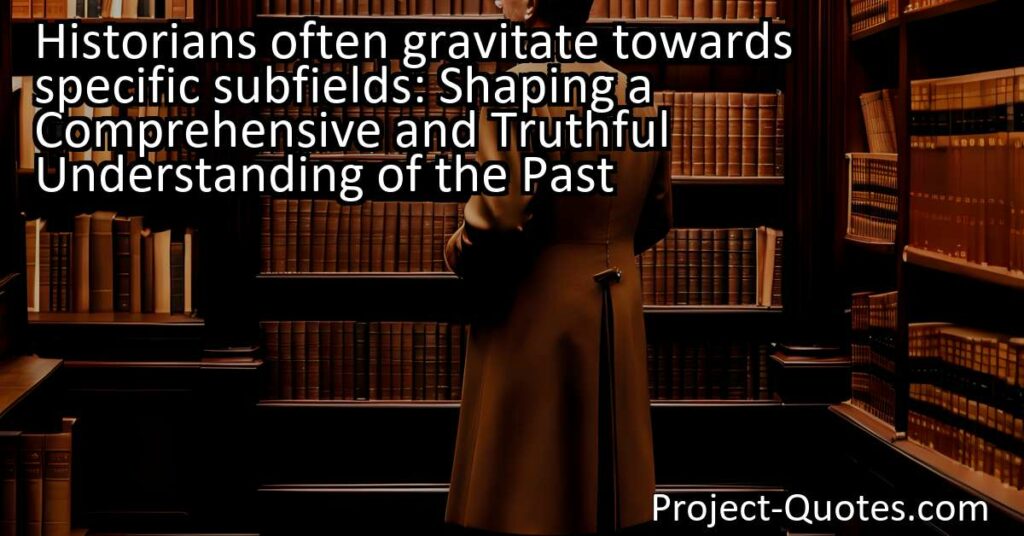Historians are like deaf people who go on answering questions that no one has asked them.
Leo Tolstoy
Historians often gravitate towards specific subfields, but Leo Tolstoy’s quote challenges them to ask the right questions and embrace collaboration and diverse perspectives. By overcoming their limitations and biases, historians can contribute to a more comprehensive and truthful understanding of the past.
Table of Contents
Meaning of Quote – Historians are like deaf people who go on answering questions that no one has asked them.
Leo Tolstoy once said, “Historians are like deaf people who go on answering questions that no one has asked them.” At first glance, this quote may seem puzzling, but upon further examination, it offers a fascinating perspective on the role of historians and the nature of historical inquiry. In this essay, we will delve into the deeper meaning behind Tolstoy’s words and explore how they shed light on the challenges faced by historians in their pursuit of knowledge.
To fully comprehend Tolstoy’s analogy, it is essential to understand what he meant by comparing historians to deaf individuals. Deafness impairs one’s ability to hear, just as historians may sometimes fail to truly listen and understand the questions that underlie their research. In other words, historians often focus so intently on finding answers to specific inquiries that they overlook the importance of asking the right questions in the first place.
Historical research is typically driven by a desire to uncover and interpret facts and events from the past. Historians engage in extensive analysis of primary and secondary sources, seeking to glean insights and construct a narrative that elucidates the complexities of history. However, Tolstoy’s remark compels us to reflect on whether historians’ efforts are sometimes misguided or incomplete due to their failure to address the fundamental questions that shape our understanding of the past.
In the pursuit of historical knowledge, historians often gravitate towards specific subfields or periods of history that align with their interests. This specialization can be both a boon and a bane. While it allows historians to delve deeply into a particular topic, it can also confine their perspective and prevent them from stepping back and examining the broader context. In Tolstoy’s analogy, this tunnel vision can be likened to a deaf person who can only hear a limited range of sounds and is thus unable to appreciate the full symphony of human experience.
Furthermore, Tolstoy’s analogy underscores the importance of historical inquiry being driven by genuine curiosity rather than personal agendas or biases. Just as deaf individuals may mistakenly respond to a question they think they heard, historians may unwittingly shape their research to fit preconceived notions or political motivations. This inclination to selectively interpret and present historical evidence can hinder the pursuit of truth and color our collective understanding of the past.
As we delve deeper into Tolstoy’s observation, it becomes evident that he raises an essential point about the limitations and pitfalls of historical research. Historians are human beings with their own perspectives, biases, and limitations. They may be susceptible to societal pressures, political ideologies, or personal prejudices that can influence their interpretation of historical events. Consequently, their responses may not always align with the questions that society, or even future generations, find most significant.
One example of this can be seen in the way historians have tackled the study of marginalized communities throughout history. In the past, narratives were heavily skewed towards the perspectives and experiences of those in power, ignoring or suppressing the voices of minorities and subjugated groups. This selective approach to history has only recently begun to change, as historians increasingly recognize the importance of shedding light on previously overlooked or misrepresented perspectives.
To overcome the pitfalls outlined by Tolstoy, historians must place more emphasis on collaboration, interdisciplinary approaches, and inclusivity. By engaging in meaningful dialogue with scholars from various backgrounds and disciplines, historians can overcome their inherent limitations and expand the range of questions they seek to answer. This collaborative approach can help illuminate new dimensions of history and challenge existing narratives, leading to a more comprehensive and accurate understanding of the past.
Additionally, historians must actively seek to incorporate diverse voices into their research. By including the perspectives and narratives of marginalized communities, historians can bring forth a more nuanced understanding of historical events and challenge long-held assumptions. This approach allows for a more inclusive and truthful historical account that reflects the complexities and diversity of human experiences.
In conclusion, Tolstoy’s quote sheds light on the challenges that historians face when answering questions that no one has asked them. By comparing historians to deaf individuals, Tolstoy highlights the limitations and biases that can hinder the pursuit of historical knowledge. However, his words also serve as a call to action, reminding historians of the importance of asking the right questions, embracing collaboration, and incorporating diverse perspectives. By doing so, historians can overcome their inherent limitations and contribute to a more comprehensive and truthful understanding of the past.
I hope this quote inspired image brings you hope and peace. Share it with someone who needs it today!


